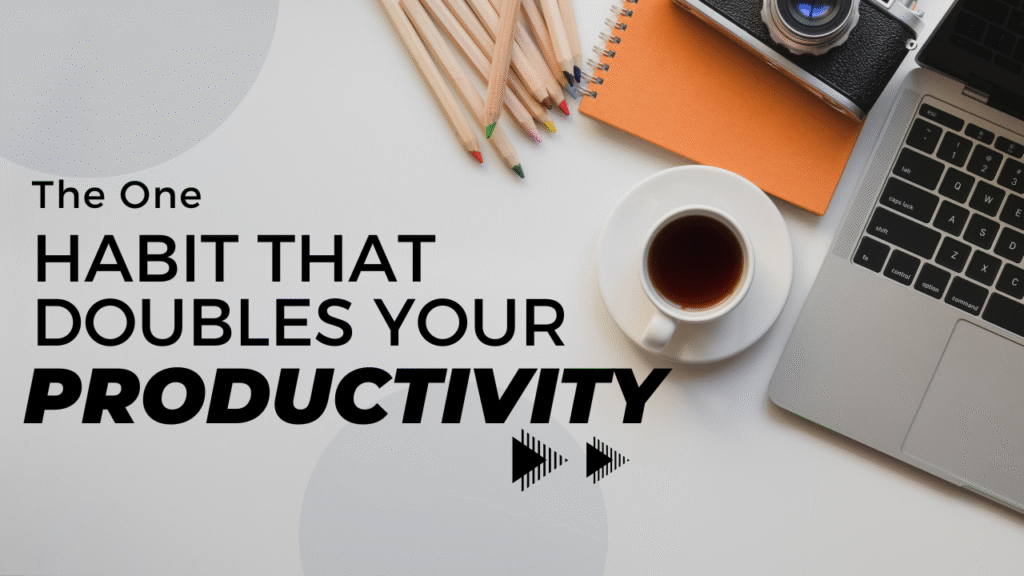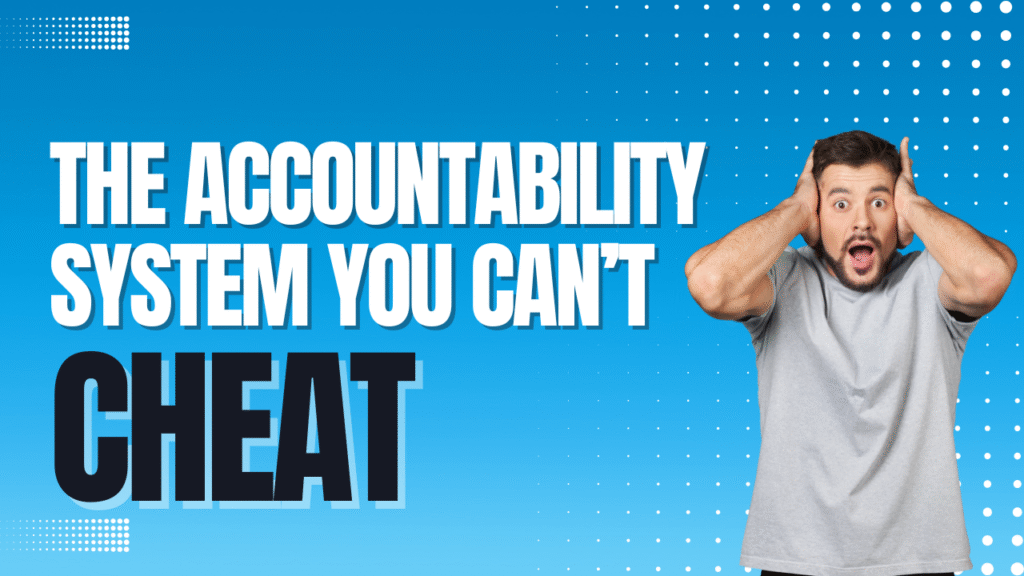Let’s skip the polite warm-up. You’re probably overcomplicating productivity.
You’ve read tips, downloaded apps, color-coded your calendar, maybe even bought that overpriced ergonomic chair hoping it would change your life. And yet… here you are. Still ending most days wondering why it feels like you ran a mental marathon but moved about three feet forward.
The truth? You don’t need twenty tricks. You need one. And it’s not glamorous, which is probably why you’ve ignored it every time it’s crossed your radar. But it works—faster than you think, harder than you expect, and without the burnout hangover.
The Habit: Time Blocking (But Not the Pinterest Version)
Yeah, I know. You’ve heard of time blocking. And maybe you’ve tried it, but you made it look like a military operation with rainbow-coded planners, alarms that go off every 15 minutes, and so many “systems” you ended up needing a system to track your systems.
That’s not what I’m talking about.
I mean the stripped-down, human-friendly version. The one where you look at your day and instead of thinking, I’ll work on stuff when I get to it, you carve out one clear, immovable block for your most important work—first thing you can reasonably manage. No email. No phone. No “just checking” anything.
It’s not pretty. It’s not “Instagrammable.” But it’s the difference between your day driving you and you driving your day.
Why It Works When Everything Else Fails
You know that thing where you tell yourself you’ll get the important task done “later” after you handle a few quick things? And then later shows up looking suspiciously like 8:47 p.m., you’re tired, and you’re Googling “how to focus when you hate everything”?
Exactly.
By front-loading your key work into a protected block, you dodge the mental drain that comes from making 300 micro-decisions before you even start. You also remove the world’s sneakiest productivity killer: reactive mode. That’s when your entire day is just one big response to whatever email, message, or random request lands in front of you.
Instead, your block says, I run this show. You can wait.
How to Make It Stick (Even If You’re a Chronic Planner-Quitter)
Forget perfection. You’ll miss days. Life will throw curveballs. Some mornings your brain will feel like wet cement. Do it anyway. Even badly.
Start small—maybe 30 minutes if an hour feels like too much. And put it where your energy naturally peaks. If you’re sharp at 9 a.m., don’t waste it scrolling through Slack pretending to “warm up.” If you’re a night owl, guard your 9 p.m. slot like it’s made of gold.
And here’s the part nobody tells you: the ritual matters. Same place, same drink, same little “I’m starting now” cue. Your brain starts to recognize, oh, it’s focus time. Kind of like Pavlov’s dogs, except instead of drooling you’re getting work done.
Real Life Example (Because Theory Is Cheap)
A friend of mine—let’s call him Chris—used to start every workday with his inbox. He’d spend two hours “catching up” before even touching his main project. By lunch, his mental energy was toast.
He finally tried a one-hour morning block for his most important project. Within a week, he was finishing twice as much, even though the rest of his day was just as chaotic. That one protected hour beat the other seven combined.
And here’s the kicker—once he got that block in, his afternoons didn’t feel like a frantic scramble. He could handle interruptions without that low-grade panic humming in the background.
The Mental Trick That Makes It Even Easier
Tie your block to something physical. Like, your coffee mug is only for “focus work” hours. Or you light a candle before you start (sounds silly, works wonders). These little anchors keep your brain from treating your most important work like “just another thing on the list.”
Also—close the door if you can. If you can’t, headphones are the universal “I’m not available” sign. Even if they’re not playing anything.
The Side Effects Nobody Warns You About
You’ll start noticing how much busywork you do just to feel “productive.” That’s going to sting. You’ll also realize some meetings don’t need you. Some emails don’t deserve a reply. And some tasks, when left alone, magically solve themselves without your heroic intervention.
And yes—people might get annoyed at first. Especially if they’re used to instant replies. That’s fine. You’re not ignoring them forever, you’re just refusing to treat their “urgent” as more important than your essential.
What Happens After a Month
If you stick to this for four weeks, even loosely, something weird happens:
You stop “trying” to be productive and just are. Your big work gets done before lunch. The rest of the day feels lighter. You still have to deal with the usual nonsense—traffic jams, printer jams, emotional jams—but you face it without that constant feeling of being behind.
And the kicker? You’re not working more hours. You might even work less. But because you’ve stopped leaking your best energy into a hundred little leaks, the stuff that matters actually gets finished.
Your Turn
So here’s the challenge:
Pick your block. Protect it like your phone battery on 2% with no charger in sight. Do it tomorrow. Then the day after. And when you miss, because you will, don’t “restart Monday.” Restart now.
You don’t need the perfect planner, the perfect desk, or a personality transplant. You just need one habit. The right one. And this—this works.
The question is, are you going to keep dabbling in twenty little hacks that make you feel productive… or commit to the one that actually makes you be productive?



